Azimuthal toolkit
Azimuthal toolkit
Rich-azimuth acquisition methods improve seismic image quality by increasing target illumination, boosting signal-to-noise, and accounting for strata-parallel velocity effects. Interpretation is commonly carried out on full-azimuth partial angle stacks, which average traces in all azimuth directions. However, splitting the resulting gathers and stacks into partial-azimuth sectors can help to quality-assure the amplitude information, identify azimuthal anisotropy, and select the best azimuth combinations for structural interpretation.
The Sharp Reflections AZI toolkit provides all the tools needed to leverage today’s rich-azimuth datasets. Our multidimensional seismic data model preserves all offsets, angles and azimuths, and allows optimal data conditioning, including azimuth-dependent residual moveout corrections. AZI data visualization helps you to minimize uncertainty in your structural interpretations, develop deeper, purer views of your reservoir, and avoid shallow drilling hazards.
Utilize all data sectors—including wide and full azimuth—to illuminate structures with complex geometries.
Our amplitude analysis tools are also azimuth aware, and automatically generate maps for all angles and azimuth sectors. Users can quickly identify anisotropic velocity and amplitude effects that can be used to predict mechanical stability of overburden layers, and fracture distribution in tight, unconventional reservoirs.
Benefits
Common-offset, common-azimuth sectoring
Interactively stack COV/common offset, common azimuth (COCA)/common incident, common azimuth (CICA) gathers by selecting any set of gather traces
Azimuthal velocity estimation
Amplitude vs azimuth (AVAZ)
Velocity vs azimuth (VVAZ)
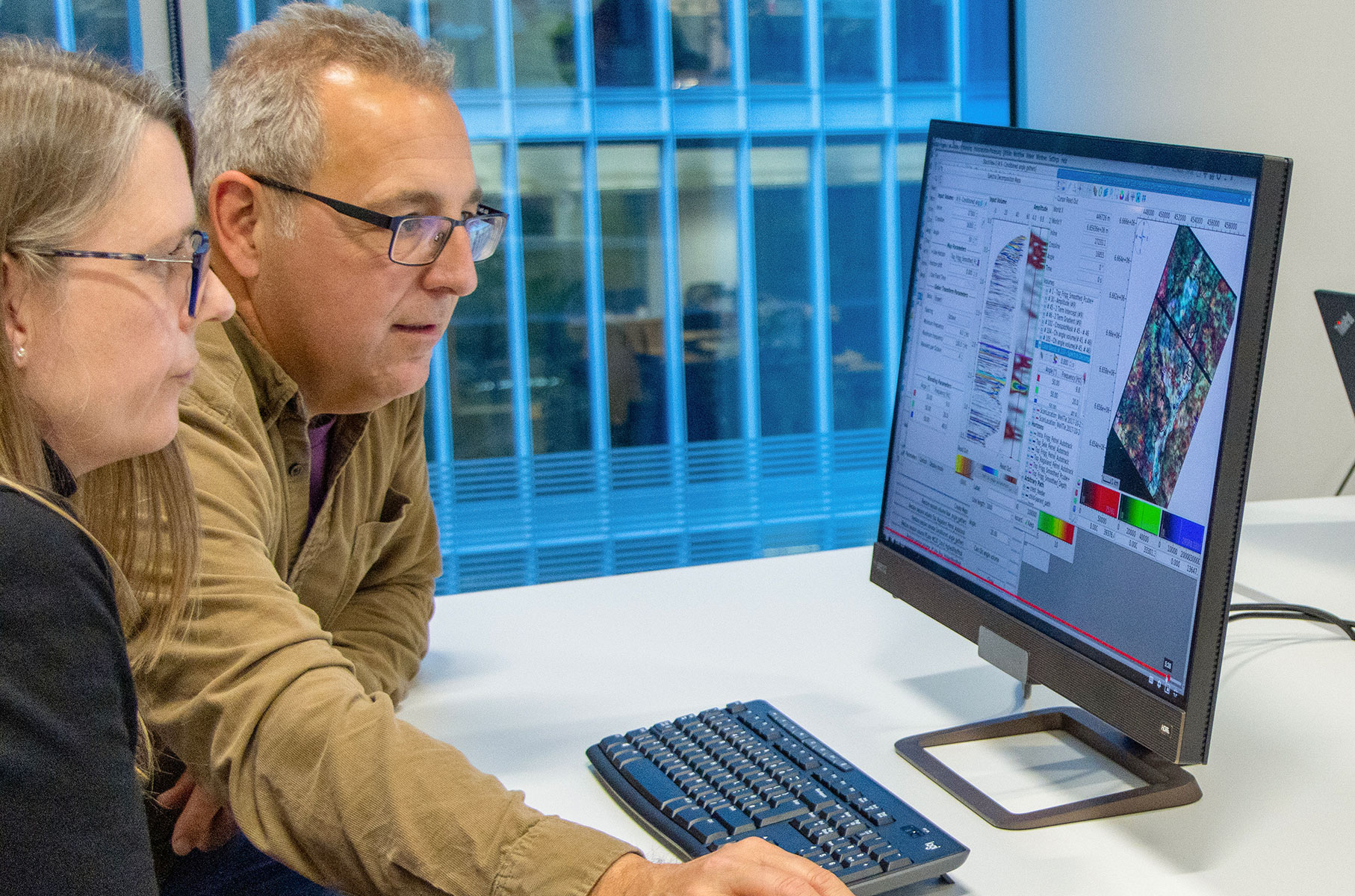
Powered by the AZI toolkit
Unlocking the value of multi-dimensional data
Everything you need to analyze complex structures
What you don’t know may hurt you! The Sharp Reflections AZI toolkit provides full-azimuth and full-fidelity prestack interpretation to highlight areas of high risk and uncertainty.
How does it work?
How does the AZI toolkit improve understanding of complex geological structures? Your industry colleagues asked for details; our experts answered. Join the dialogue…
Managing and analyzing high density seismic data is stopping me from taking advantage of it. Is it a struggle to use multi- and wide-azimuth data to optimize the reservoir characterization workflow and structural interpretation?
Your Subtitle Goes Here

Our software, with the advantage of HPC technology, can handle multiterabyte and multidimensional datasets, allowing for visualization and interpretation to be expanded into the azimuthal dimension. Visualization options let you interrogate data from every angle without having to run frustrating, time-consuming sorting routines. You can use cartesian and polar migrated seismic data, with various options to customize the sectorization as you see fit.
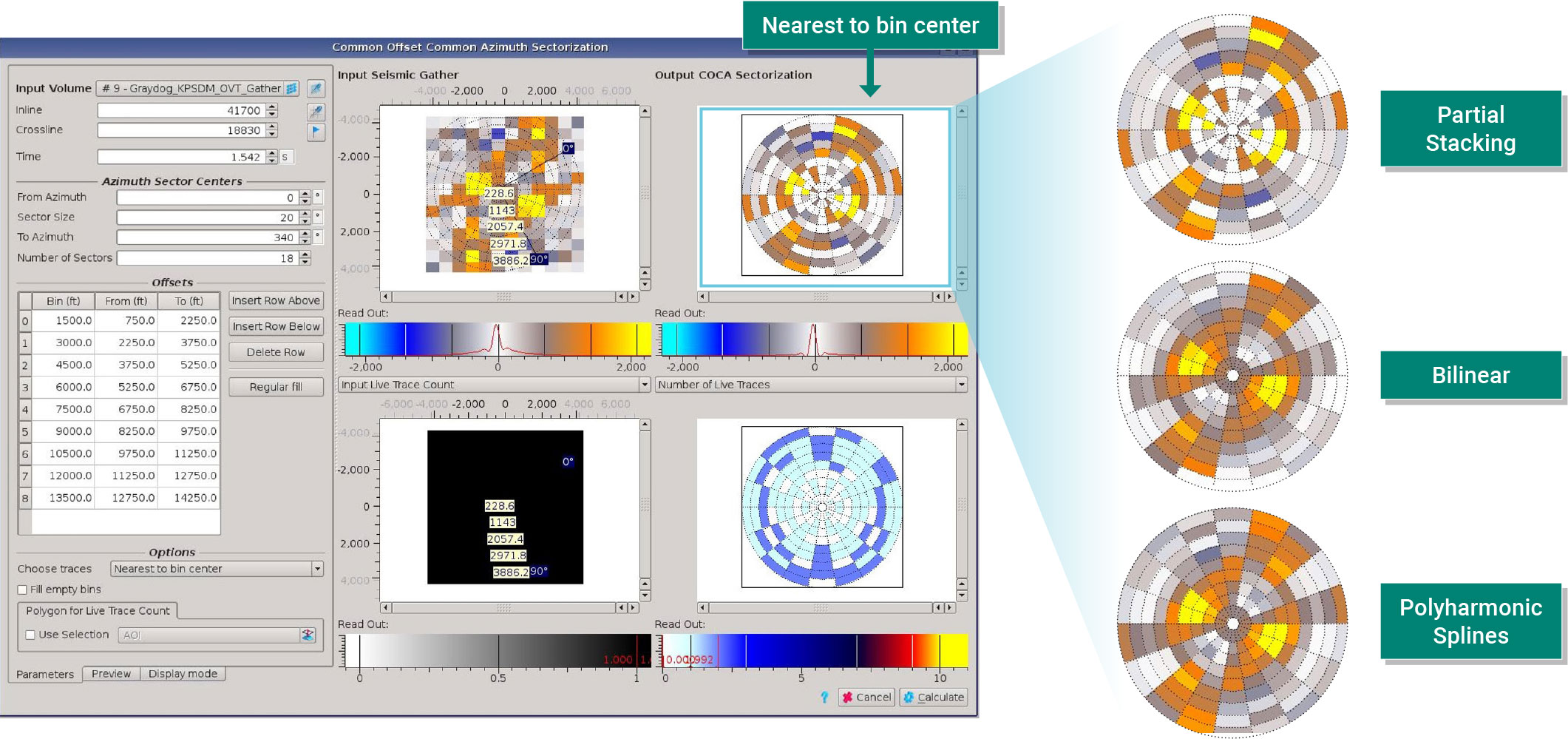
Azimuthal data sectorization
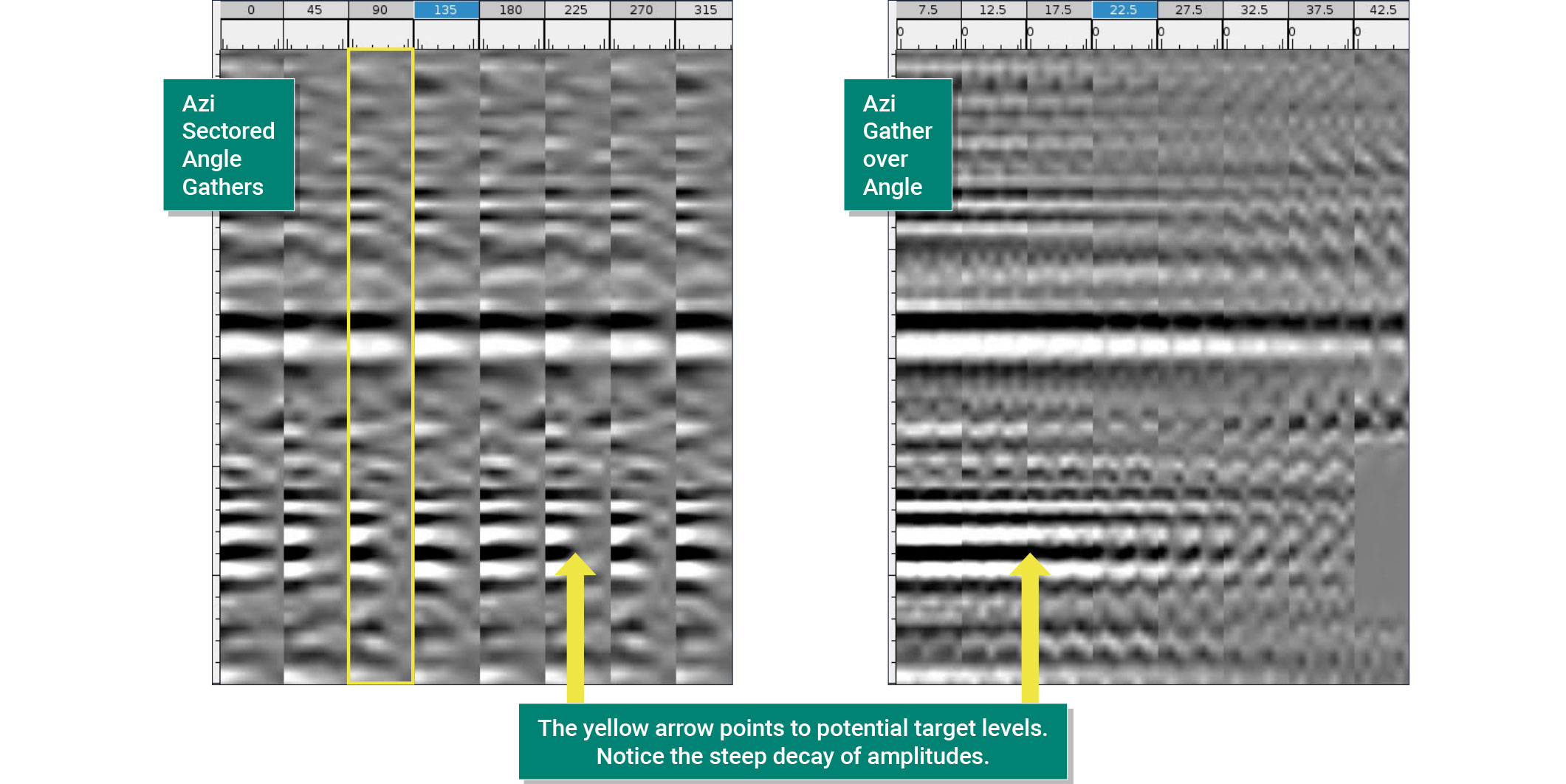
Visualize azimuthal prestack gathers without sorting
How can I decrease uncertainty in my structural interpretation by optimizing the stacks produced from full azimuth prestack/stack information?
Your Subtitle Goes Here

Sharp Reflections software is fully functional with rich azimuth data and lets you expand your data enhancement and QA/QC workflows into the azimuthal domain to help further describe uncertainty along all portions of the subsurface workstream. The software accepts rich azimuth data inputs and intelligently groups them for easier data management and conditioning, leveraging the platform’s integrated PRO toolkit.
Utilizing our standard attribute suites, you can build custom workflows that generate attribute guided, weighted and optimized stacking (e.g. dip-steered semblance guided stacking). These types of workflows can also be built interactively with our scalable, in-memory, HPC powered backbone—see and appreciate the impact of different stacking choices on the fly, allowing you to create more stacks that lead to more confident interpretation.

Custom, interactive stacking
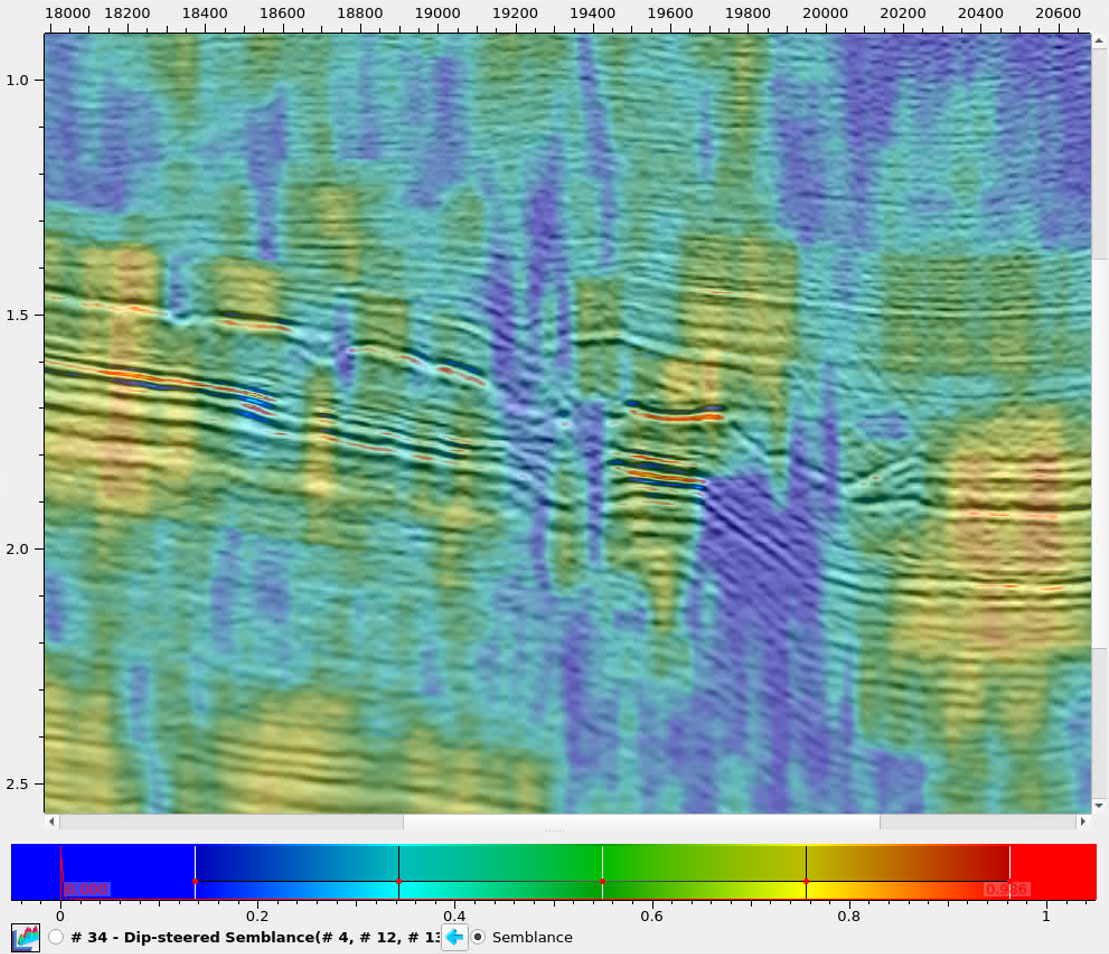
Dip-steered semblance for optimized stacking
How can I take advantage of interpretation capabilities of multi-azimuth data in my interpretation?
Your Subtitle Goes Here

Within the platform we offer a complete suite of fully integrated interpretation tools. Full-azimuth prestack interpretation can be implemented to interrogate AVAz (amplitude variation from seismic azimuth gathers) / VVAz (velocity variation with azimuth) attributes. These results can be used for RMO (residual moveout analysis) validation for different azimuth sectors for interpretation in structurally complex geological settings (e.g. subsalt, steeply dipping and/or faulted beds). You can then use the processing toolkit to address areas of concern within the volume or highlight areas of higher risk and uncertainty to prevent over-analysis of data with poor imaging or amplitude fidelity.

3D horizon interpretation (green) extended to 5D (azimuthal gathers displayed)
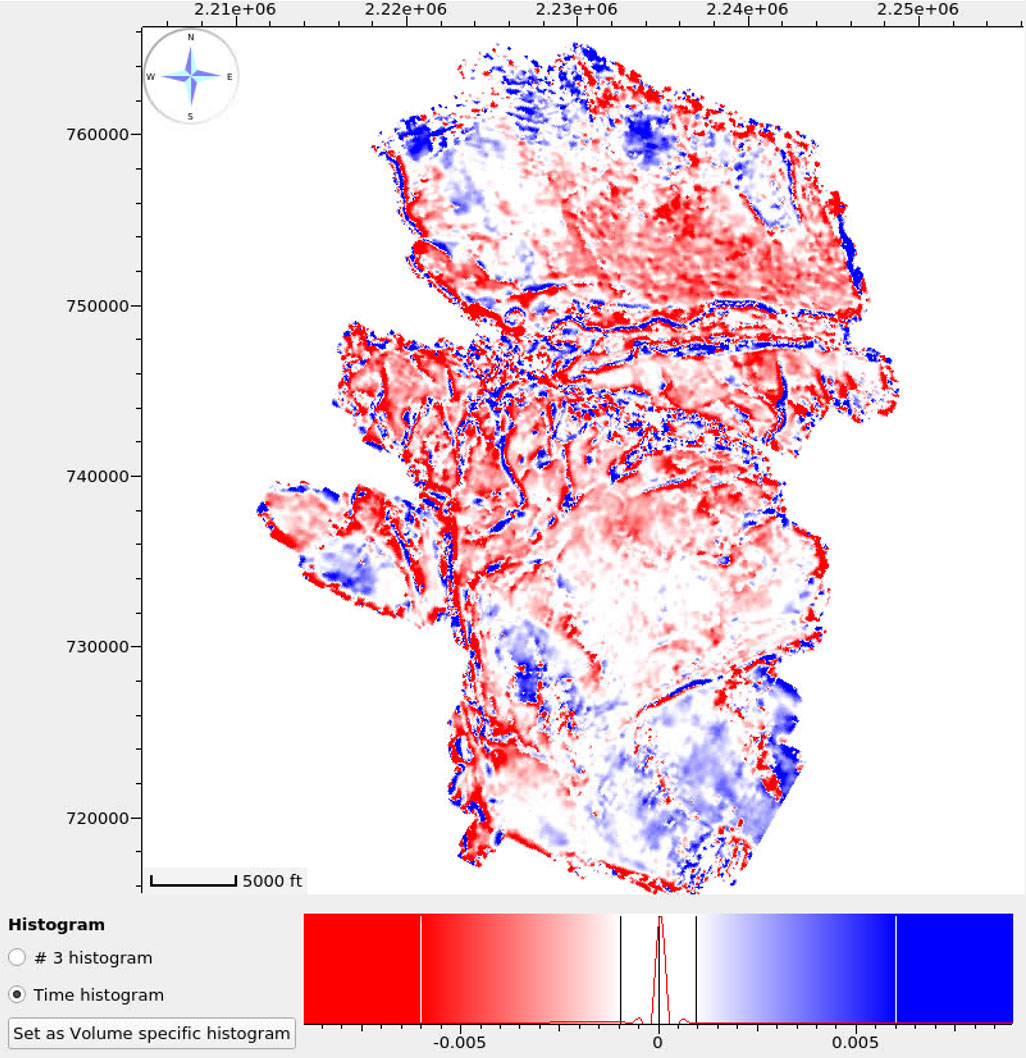
Distance to snap map for 5D interpretation. Color denotes time shift between 3D and 5D tracked structural map.
I’m looking to understand natural fracture patterns and intensity given full azimuth prestack data. Can I perform azimuthal anisotropy analysis?
Your Subtitle Goes Here

After you are happy with your multi-azimuthal conditioning and calibration workflows and have utilized the plethora of available QC options, you can take full advantage of our VVAz and AVAz attributes. The VVAz functionality lets you work with either RMS or interval velocities to fit HTI anisotropic moveout models. There are also several calculation options for deriving the AVAz anisotropic gradient, which has been linked to fracture intensity estimates. Along with this attribute comes various others including the reference azimuth of the most negative gradient which can be investigated to give insights to preferential fracture direction. Along with the integrated data analysis tools, you can interrogate your results with the highest level of scrutiny, in near real time, all within one software platform.
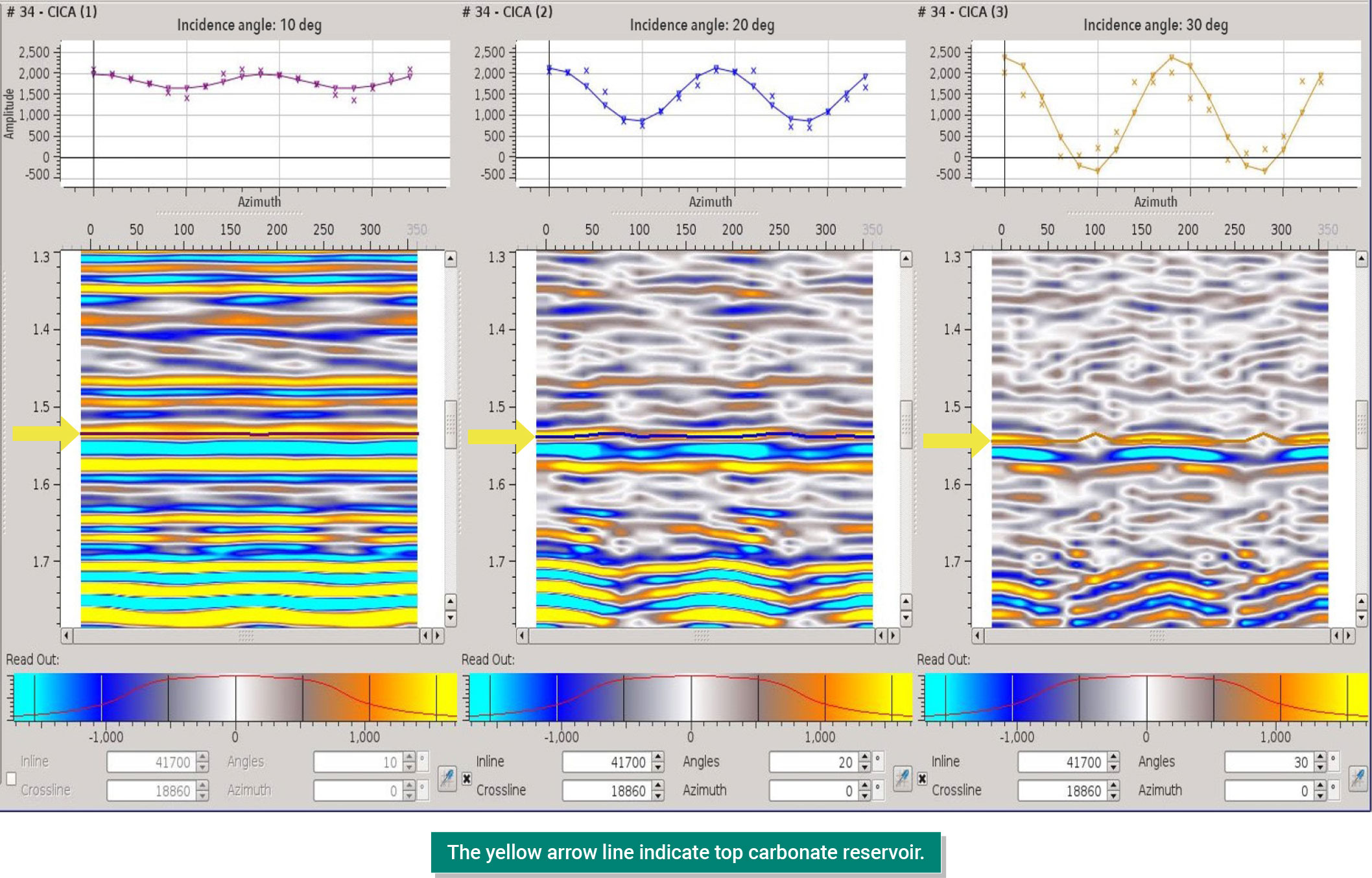
Sinusoidal amplitude variation with azimuth
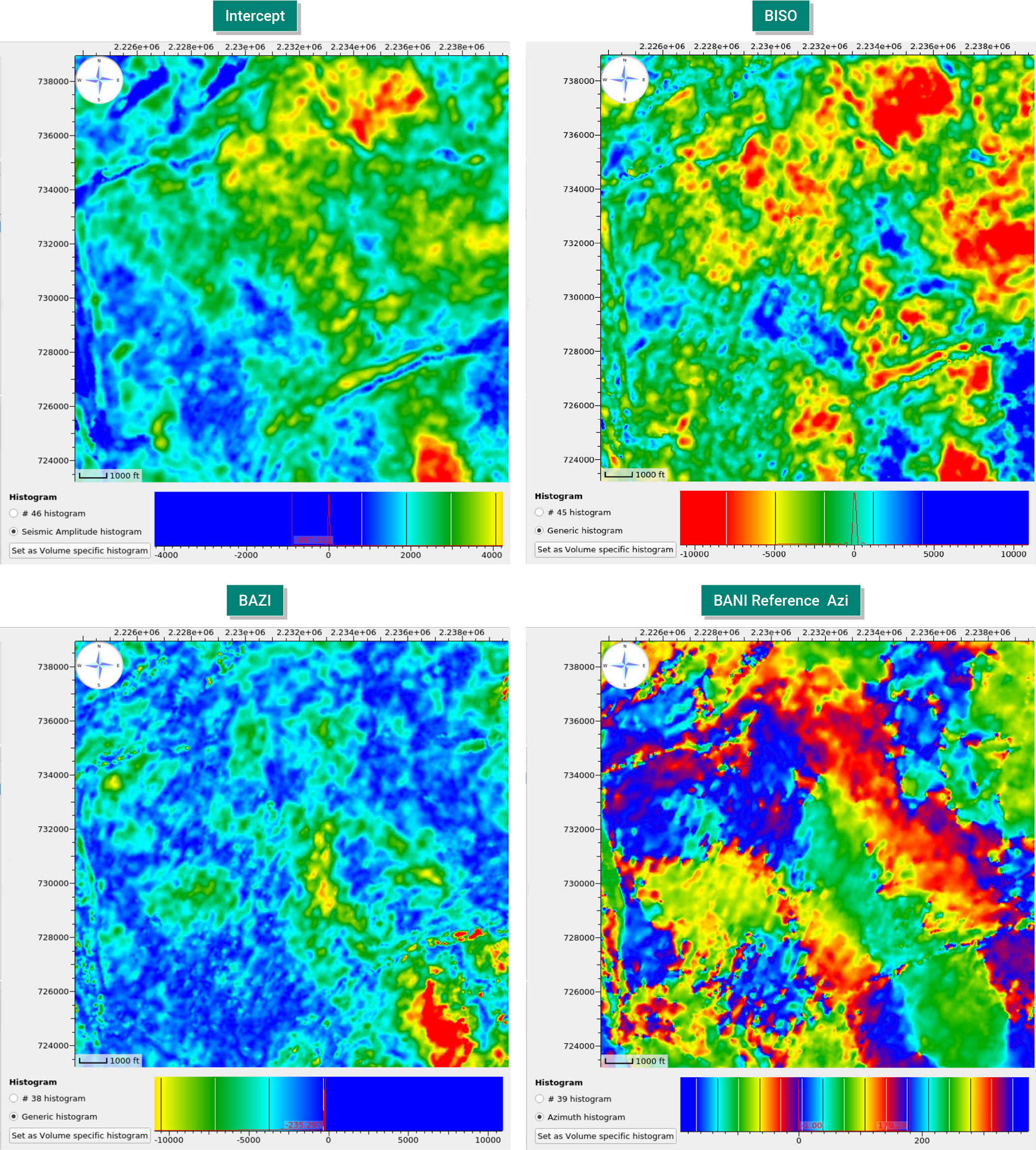
Azimuthal attribute maps
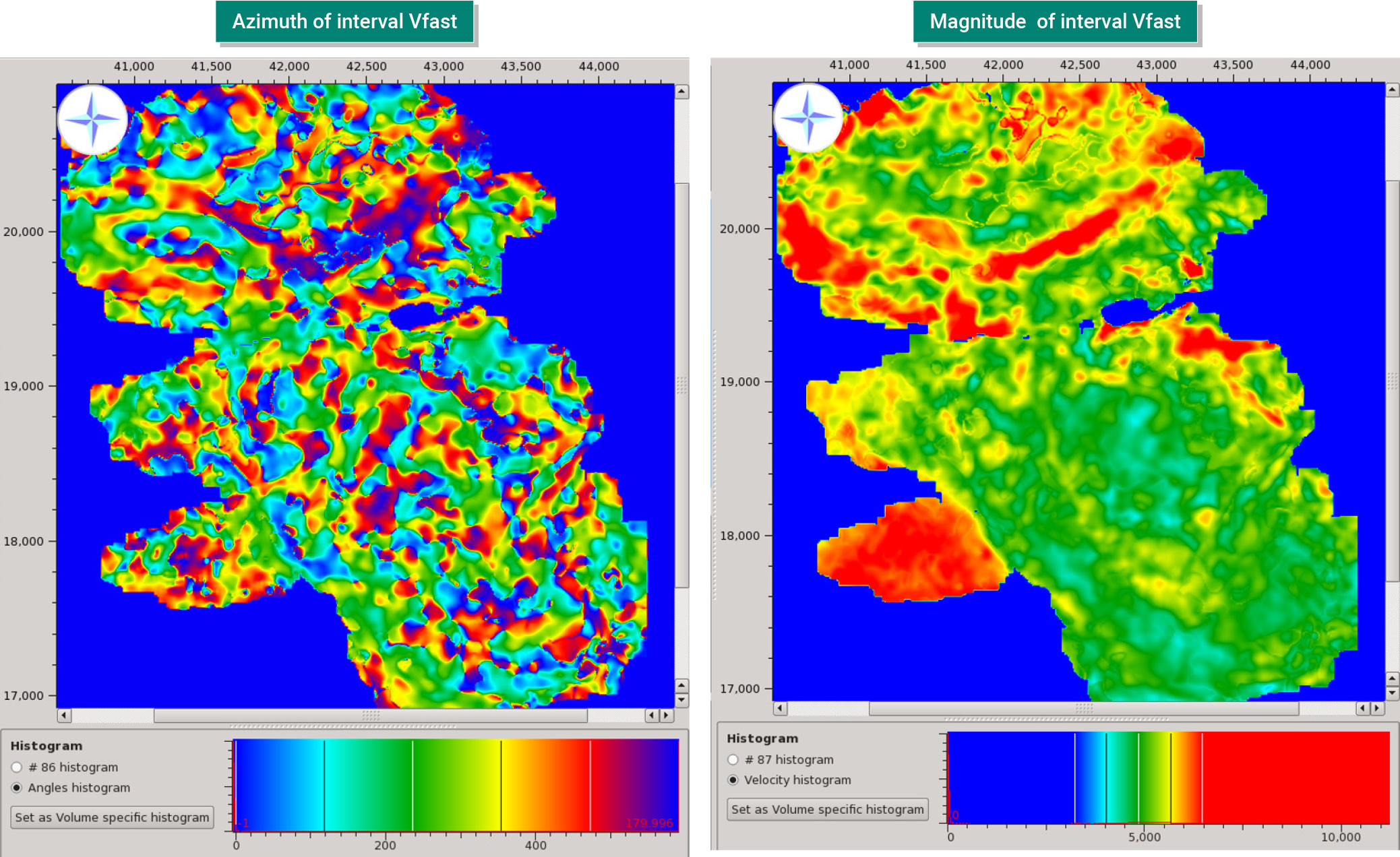
VVAz attributes
Key technical capabilities
Common-offset, common-azimuth sectoring
Create sectored gathers on the fly, with full control over density of azimuth and offset bins
Optional 5D trace interpolation can be switched on and off to fill all sector bins
Intuitive data density plots to guide choice of parameters and show population of common offset vector (COV) traces for any sector selection
Interactively stack COV/common offset, common azimuth (COCA)/common incident, common azimuth (CICA) gathers by selecting any set of gather traces
Azimuthal velocity estimation
The residual moveout (RMO) analysis tool now automatically loops over all azimuths and outputs a velocity ellipse containing Vfast, Vslow, and direction of Vfast
Results can be fed directly to the velocity versus-azimuth (VVAZ) analysis modules
Amplitude vs azimuth (AVAZ)
Extract amplitudes at all angles and azimuths
Compute azimuthally dependent and azimuthally averaged amplitude versus offset (AVO) attributes
Display maps of intercept, averaged gradient, azimuth gradient, and anisotropic direction
Interrogate and assess confidence with misfit analysis
Velocity vs azimuth (VVAZ)
Determine azimuthal RMS velocity ellipse parameters from horizon travel times or azimuthal RMO
Invert to Vint between two layers using anisotropic Dix method
Results reported as Vfast, Vslow, and azimuth of Vfast
Display maps showing magnitude and direction of Vfast and Vslow
Estimation of amplitude anisotropy along horizons or full 3D volumes
To learn from our experts how to do all this in a real project, sign up for this course:
Dive into the details
Sharp Reflections software equips users to explore complex, multidimensional data volumes interactively using five toolkits. Users move smoothly across the entire spectrum of workflows, from data processing and conditioning through to 4D time-lapse interpretation, all on one platform.

Prestack Data Enhancement
Optimize the reliability of your seismic data.

Quantitative Amplitude Interpretation
Sharpen reservoir insight with multistep QAI analysis. Dive deeper

Inversion
Improve reservoir delineation and net-pay estimation.

Azimuthal
Improve illumination and understanding of complex geological structures.
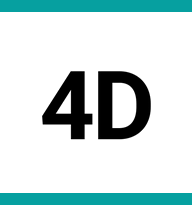
4D Time-Lapse
Identify poorly drained or bypassed reservoir sections.
All the data for the best decisions
Sharp Reflections is the industry’s only software platform built on a powerful compute and display engine designed specifically for HPC, for use on your premises or in the cloud.
Our integrated platform enables you to start analyzing and interpreting seismic data as soon as processing begins. No information is wasted as you reduce uncertainty and fine tune your reservoir characterization to help achieve trustable exploration, drilling and production decisions.
